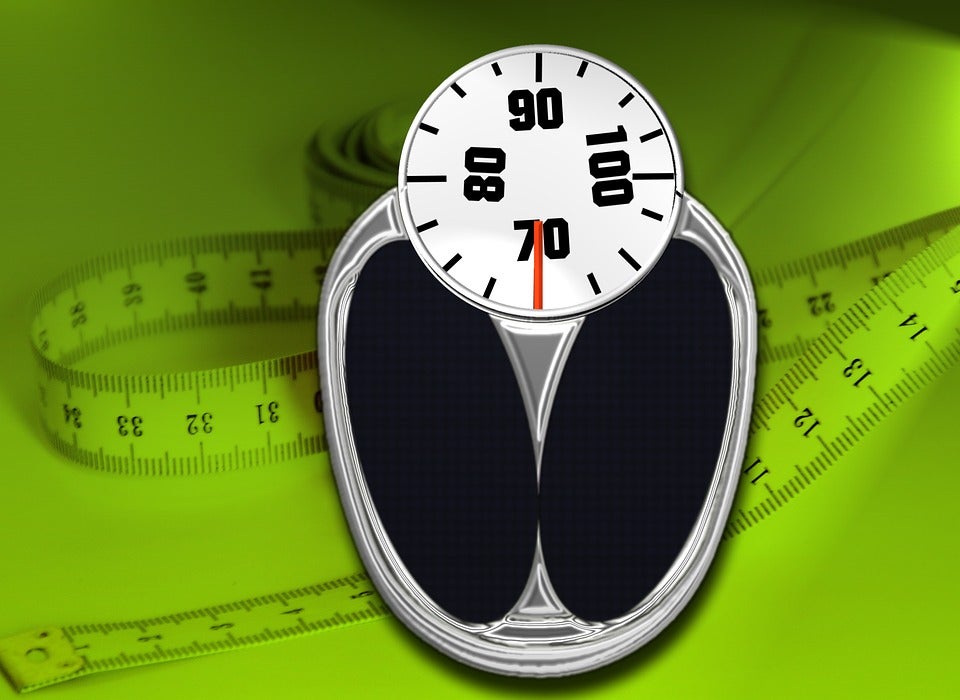What Does It Actually Mean to Be Overweight or Obese?
At their most basic, the words “overweight” and “obesity” are ways to describe having too much body fat.
The most commonly used measure of weight status today is the body mass index, or BMI.
- BMI uses a simple calculation based on the ratio of someone’s height and weight (BMI = kg/m2). Decades of research have shown that BMI provides a good estimate of “fatness” and also correlates well with important health outcomes like heart disease, diabetes, cancer, and overall mortality.
Healthy BMI Ranges for Adults and Children
What’s considered a healthy BMI?
- For adult men and women, a BMI between 18.5 and 24.9 is considered healthy.
- Overweight is defined as a BMI between 25.0 and 29.9; and a BMI of 30 or higher is considered obese.
As in adults, obesity is also a growing problem in children and adolescents. Because children grow at different rates, depending on their age and gender, the definitions of overweight and obesity in children and adolescents differ from those in adults.
- In the U.S., for example, the definition is based on standard growth charts developed by the Centers for Disease Control and Prevention. In children and adolescents age 2 to 20 years old, a BMI in the 85th to 94th percentiles for age and gender is considered overweight; a BMI in the 95th percentile or higher is considered obese.
Waist Size Matters: Abdominal Obesity
One important category of obesity not captured by BMI is so-called “abdominal obesity”-the extra fat found around the middle that is an important factor in health, even independent of BMI.
- The simplest and most often used measure of abdominal obesity is waist size. Guidelines generally define abdominal obesity in women as a waist size 35 inches or higher, and in men as a waist size of 40 inches or higher.
Measuring Body Fat
There are a number of ways to measure body fat. Some are well suited to the doctor’s office, such as calculating a person’s BMI. Other, more complex methods require specialized equipment, such as magnetic resonance imaging or dual energy X-ray absorptiometry machines; while these machines can measure body fat very accurately, they are typically only used for this purpose in research settings.
Globally, there are 1.5 billion adults who are either overweight or obese, a number expected to increase to 3 billion by 2030. The epidemic is reaching catastrophic proportions, and one of the key-if small- steps to bringing it under control is to have a common language to describe the problem.
